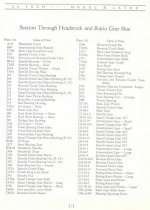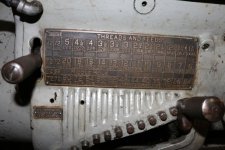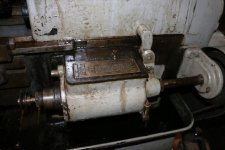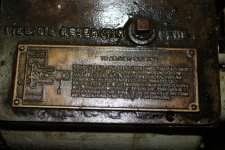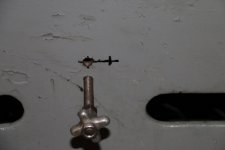Please let me know if questions like this belong in Heavy Iron US or somewhere else, but think I found some discussion on the Model Bs here.
Also getting wayyy ahead of myself as I don't even know the delivery date yet, but curious.
Pictures and manuals seem to confirm the later (12") Model Bs came with a 11.5" change gear. The seller didn't see it noted on the thread plate of this unit.
I think it's fairly early; comparing with dates in a few other threads around here: possibly mid to late? 1920s. I didn't see any gears pictured in the loose tooling. Did the 69tooth (11-1/2) gear come standard with the earlier ones; if so, what are the chances I'll find it somewhere inside?
I'd probably only use it for pipe thread; and I do have both taps and dies for pipe, but those can be a pain. So 11-1/2 was rather high on my lathe priority list, but the mill I was bargaining on with it had me simultaneously nudging my budget and shedding a bit of the wish list.
Also getting wayyy ahead of myself as I don't even know the delivery date yet, but curious.
Pictures and manuals seem to confirm the later (12") Model Bs came with a 11.5" change gear. The seller didn't see it noted on the thread plate of this unit.
I think it's fairly early; comparing with dates in a few other threads around here: possibly mid to late? 1920s. I didn't see any gears pictured in the loose tooling. Did the 69tooth (11-1/2) gear come standard with the earlier ones; if so, what are the chances I'll find it somewhere inside?
I'd probably only use it for pipe thread; and I do have both taps and dies for pipe, but those can be a pain. So 11-1/2 was rather high on my lathe priority list, but the mill I was bargaining on with it had me simultaneously nudging my budget and shedding a bit of the wish list.




 *
*


